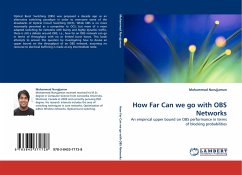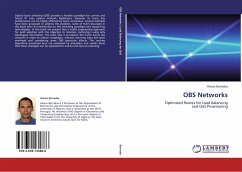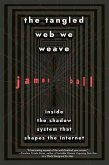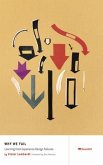Optical Burst Switching (OBS) was proposed a decade ago as an alternative switching paradigm in order to overcome some of the drawbacks of Optical Circuit Switching (OCS). While OBS is no more necessarily perceived as a competitor to OCS, but more of a more adapted switching for networks with bursty and highly dynamic traffic, there is still a debate around OBS, i.e., how far an OBS network can go in terms of throughput with no or limited burst losses. This book attempts to answer this question by investigating how to devise an upper bound on the throughput of an OBS network, assuming no recourse to electrical buffering is made at any intermediate node.
Bitte wählen Sie Ihr Anliegen aus.
Rechnungen
Retourenschein anfordern
Bestellstatus
Storno








